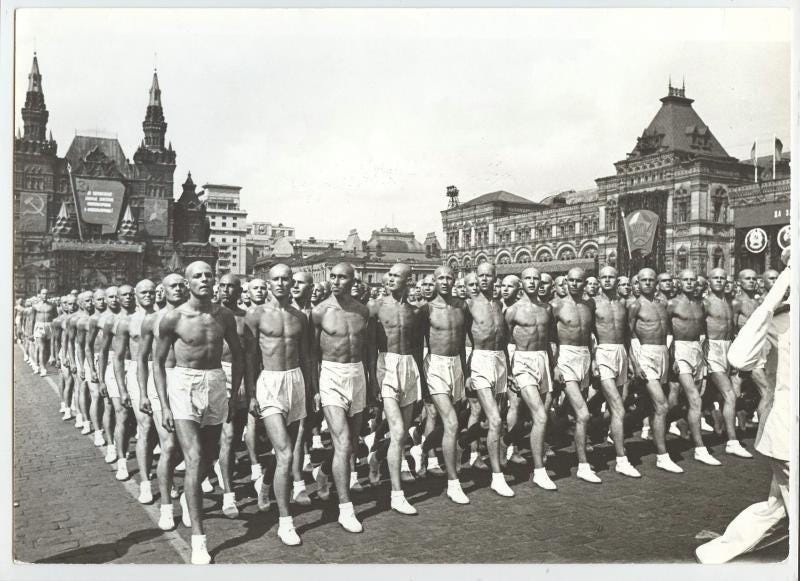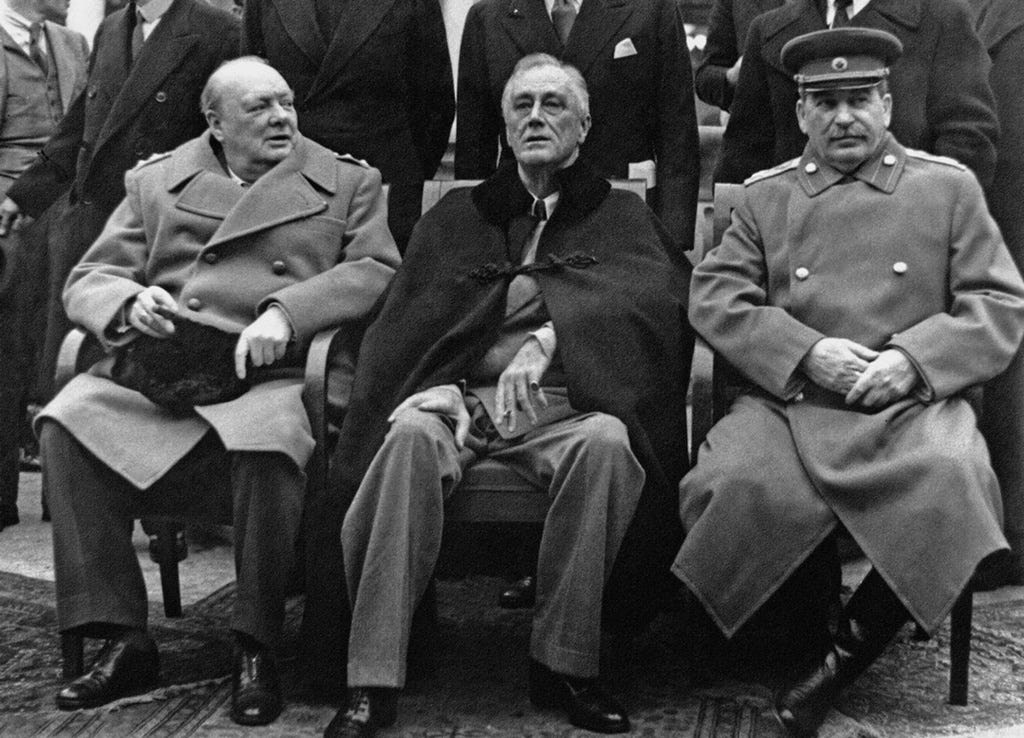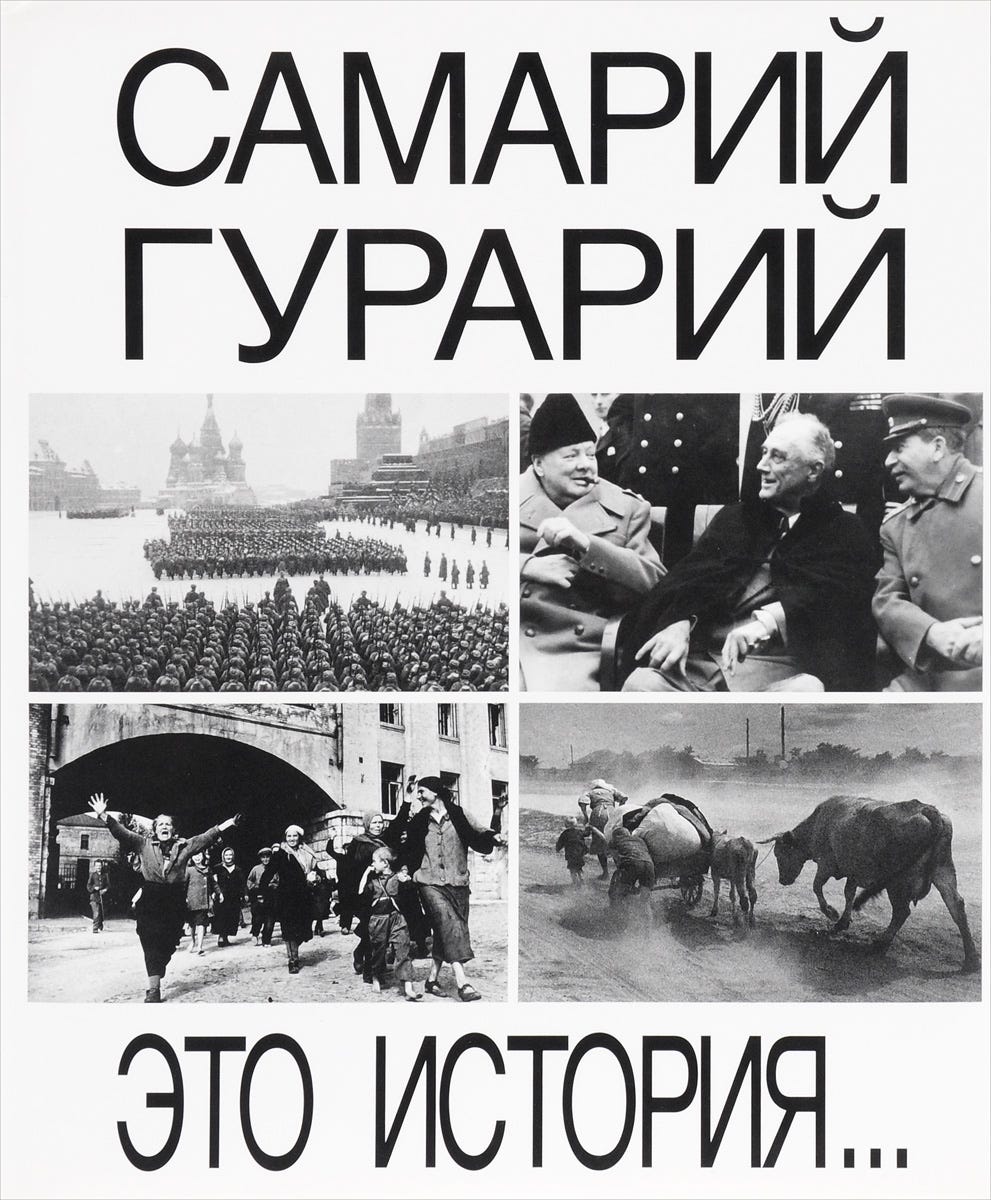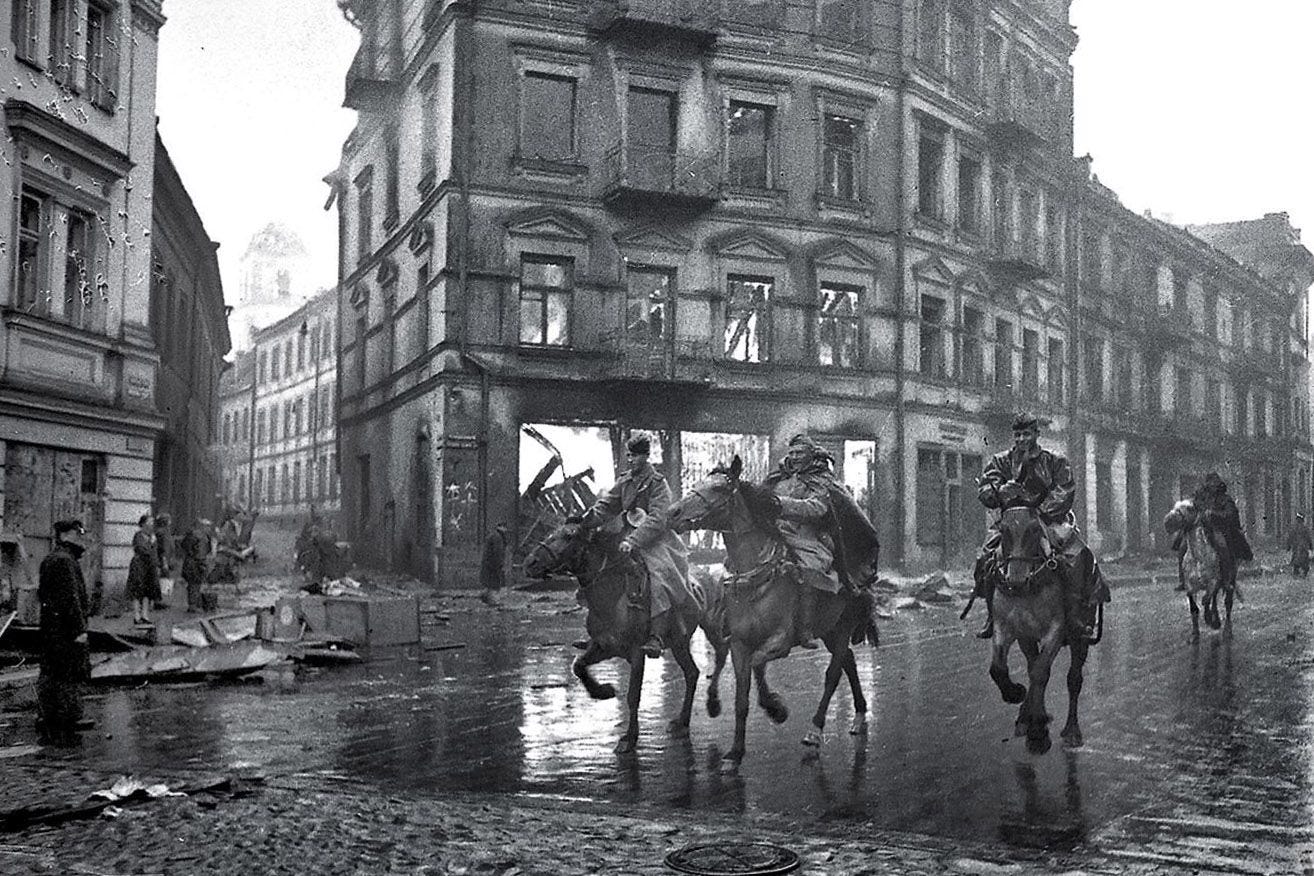On the subject of Gurary Samariy Mikhailovich. Born on November 1, 1916, in Kremenchug (Poltava region, Ukraine) in the family of Mikhoel Areyh Guraria (1881-1925). Since 1921 he lived in Moscow. Last years of life, Samary Gurary lived in NY. Died in New York, 7th of December 1998 (82 YO). But buried in Moscow. How do you even do it, practically speaking?
I imagine he didn’t know he had relatives in NY. Important to note, his fate was most typical. But the fate of his relatives in NY, etc., was atypical. In Chabad they pretend it’s the reverse. Also true for Zalman Schneerson family or the rest of the Schneersons really.

Michoel Aryeh Gurary. He died on the 25th of May 1925. He was 44 yo. (maybe brother or cousin of Menachem Mendel, father of the Rashag?). One imagines the fate of this man. Ukrainian pogroms, communists confiscate all the property, factories in Kremenchug. In 1921, he moved to Moscow, like many Jews at the time, impoverished. After three years in a new town, he dies, only 44 years old! Little Shmarya was 8-9 at the time. So hardly remembers his father or the legacy of the family. Left with his mother, in a survival mode.
Probably Michoel’s wife. L. S. Gurary, she died on 15th of June 1974
Brother Y.M. Gurary. Died in 1977 (Yakov?)
Black marble plate, the recent markers. Samary Mihaylovich Gurary. Died 9th of December 1998
(Russian name) Tamara Petrovna Skorova, died 17th of July 2010
A daughter: Natalia Samarovna Gurary. 02.06.1943 -10.15.2019
Under the stone, a corroded WWII combat helmet (assume to honor Samary). Fresh flowers, so someone is visiting the grave. There are several other photos of this grave through the years.
Who was the original Shmarya?
Portraits of Shmaryahu Samary Gurary
Shmaryahu Samary Gurary was in Moscow since 1921. In school became interested in photography, and in 1934 became a photojournalist for Izvestia (one of the two biggest newspapers, the other Pravda). Among the top three elite photographers in the CCCP, carried out filming of important political events, with the participation of Stalin. From the first days of the WWII, was in the Headquarters of the Commander-in-Chief. Judging by the photos, his war path was in the North, Belarus front. Unlike his friend Khaldei, who went through the south, Ukraine, Crimea.
Retrospectives of G.'s works were presented at the Anya Tisch Gallery in Houston and at the Grace Museum in Texas (I will have to trust Russian wiki on that, as they are mistaken on other facts).

The monarchical FDR wanted a deliberately weak vice president. So he picked Truman for his weakness (the original Kamala Harris). Stalin is relaxed and smoking (reverse of the Yalta photos below). Truman is strained. Western leaders will proceed to sell half of Europe to the murderous, communist, messianic dictatorship of the Hitler’s twin. Churchill was outgunned if you count the weak Truman.

Samary liked to try the imperial chairs. He seems to have a playful character. But he was careful not to sit in Stalin’s chair. This was Winston Churchill's chair at the Yalta conference (see below). His presumed cousin, the Rashag also liked the beinkle on the left.
Ethel Gross, the first wife of Harry Hopkins, was Jewish. I don’t know if this is her son in the photo. Likely.
Harry Hopkins was the executive/politician/adviser who changed America, canceled democracy and created the New Deal, the new monarchial rule by the FDR, later renamed the Deep State. Institutions stronger than the elected president worked for the FDR when he was in a total control. It eventually went rogue, becoming so much stronger than the presidency. The Deep State could be weaponized. It was weaponized against JFK, Nixon, and Trump and every president in between.
This, by the way, in a nutshell, American history of the past 80 years.

There are several group photos, and all the photos with Simonov and Gurary they are embracing or close together. Obvious close friendship, deep Russian friendship. The kind of friendship forged in the war and suffering under communism that is extinct in the USA.
Konstantin Simonov (in the light coat) was born in Petrograd in 1915 (a year older than Samary). His mother, Princess Aleksandra Leonidovna Obolenskaya, came from the Rurikid and Obolensky families. No comparison in status or wealth to the provincial Gurarys. But I am thinking maybe Samary and Simonov felt a certain kinship. They both came from the families, impoverished and repressed after the communist revolution. They were both brothers in arms. Both lost their fathers too early to remember.

Samary Gurary, standing to the right of Simonov. On the left of Simonov is photographer Max Alpert, who shot probably the best photo of the century, perhaps the best photo ever. More on Max Alpert in a future post.
Photography of Samary Gurary

I have never seen the outskirt of Moscow from this angle. It is beautiful and makes my heart ache a little.

This photo must be staged. Look at the expression of the German. OK, I will play along.

This looks like an illustration to Orwell’s 1984. Shaven heads can confuse you between aliens and criminals. Only 20 years after the Communist revolution, human beings selected, scared and reduced. Their prefect physical shape paradoxically underscores the fact that everyone could be killed, tortured and disposed of without a trace. And they know it.


Gurary is not the soldier who freed you, he just a photographer. The structural problem with a proper credit is eternal. Always someone else takes the darn credit.

The city was liberated during the Toropetsko-Kholm offensive operation. On the left (partially in the frame) is the Church of the Epiphany. On the right, you can see the wall of the Cathedral of the Korsun Icon.
The fate of the soldier to rot and freeze in the foreign land. The freezing cold prolongs the experience.

I don’t know if all the gizmos make a difference in the low tech war. If the soldier in the middle, through his periscope, sees more than the two soldiers on the right. But it makes the picture.

The steaming river makes this photo. The young and inexperienced soldiers made to ponder the biggest questions of life.

Oy, Mogilev!
In the frame, in order from the head of the column: two T-34 tanks, an SU-85 self-propelled gun. On the left in the frame is an American-made Dodge WC-51. In the background is the destroyed building of the former Epiphany Brotherhood Monastery at the address 3 Pervomaiskaya. At the beginning of the Great Patriotic War, a branch of the Central State Archive of the October Revolution was located in the building.

Those horses are tired. Two carry the field kitchen. And two, supplies. Feeding those boys who walk miles upon miles in the cold is such a human challenge.
Cavalry in a modern war is to control and punish people. Even Germans understood that. Europe is a small place, you can gallop to Berlin all the way from Don. Again, Samary got lucky. The reflective sheen of the moist street. The burning storefronts. The gallop. The bystanders frozen in awe and fear.

Soft women and the boy contrasting with the geometric cold steel of the guns and the dehumanizing and linear assembly line. Imagine a job like that every single day? Workers made to suffer under communism like never before. Hello Karl Marx.

Not a smile all the way beyond the horizon. Kulaks destroyed, huddled into collective farms, and now forced to give up the vital food. Child labor ubiquitous. This is not a volunteer donation. The boy in the front, still wearing the civil war budenovka.

Oy, Vitebsk! Oy, to the destroyed capital of the Chabad republic. Destroyed physically in the war, the heart of Vitebsk cut out in the revolution and then forgotten by Chabad.
These soldiers are from the reconnaissance units, they are wearing baggy camouflage.

This above might be the best photo of Samary Gurary. It has it all. Subject. Composition. The foggy and dusty background. Lighting. Dynamic movement. Animal family and human family. The dusty wind. Boy straining. Heroic mother. You do thousands of pictures all your life, you get one like that if you are very lucky. And in the end, no one appreciates or knows the difference.

The march was to demonstrate to the Soviet people, as well as to the allies who did not believe in the successes of the Red Army, the results of the defeat of German troops in Belarus. About 57,000 German soldiers and officers (including 19 generals), mostly captured in Belarus by the troops of the 1st, 2nd and 3rd Belorussian Fronts, marched along the Garden Ring in Moscow. Sprinklers followed the columns, symbolically washing away dirt from the asphalt.

On the way to the conference, FDR bumped into Churchill to the delight of everyone around.

These casual pictures were not possible with Stalin (below is an exception that surely was never published). Stalin had to appear alone, like God, apart from everyone else. Or dominant in his surroundings. Of course, FDR was never photographed to show his handicap. Even Soviet photographers understood this rule.

As an exception, you could take a photo of Stalin if he appeared taller. They might have selected the interpreter on that basis, not the knowledge of the language.


FDR will die in only two months after the Yalta conference. The strain of the conference and harsh travel killed him. Probably agreed to schlep all the way to Yalta in recognition of the Soviet looses in the war. They didn’t know that people were disposable in the CCCP, and the amount killed in the Gulag, Holodomor, etc., was most likely bigger than the number of people killed in the war.

The next conference is in Potsdam, it will be already the Truman show.

This man, Kalinin, likely responsible for the freeing from CCCP of Zalman Schneerson and many others during the 30s.

This looks like Kiev. It has that distinct high park over the Dnepr river.
Brezhnev: “Let me pretend to care”. Note, people are looking at Brezhnev, not the woman speaking. What is important is how mortal speech reflects on the face of the leader. Always how the Rebbe reacted is the only thing that happened.

This inadvertent honest shot of Gurary’s Soviet career. Intent to shame Sakharov in some context. Everyone, including the KGB guy in the back of Sakharov pretends not to see and looks elsewhere. But at the same time, everyone understands that they are witnessing something extraordinary. You can see that on their faces. The expression, slight smile.
The Shadow over Smaryahu Guorary
Samary went through Belarus, Lithuania during the war. He did not document the hurban, the shoa. I think it was a deliberate omission. His friend Evgeny Khaldei wasn’t afraid to witness dead Jews.
I think Samary Gurary only been himself during the war. It’s his only honest and creative legacy. Every picture of Stalin had to be approved, personally. He got Stalin photography to a science. Preferably, take pictures when people not around Stalin. Shoot from low angles for Stalin to appear taller, etc. Get every photo approved.
During the Brezhnev days, he had to take endless baby and family pictures for the KGB ranking officers. There are film rolls of party meetings, babies, dinners, conventions outings. Endless Communist and KGB goons with a blank, dead, humorless expressions on their faces. I will not publish those sad photos. The gray black and white of that Soviet era.
Perhaps, like Rashag he has been compliant and malleable to power. Unable to draw the line. Stuck in the life of complacent, comfortable predicament and survival.















Fascinating. Thank you for your work
Thanks! Great post & photos